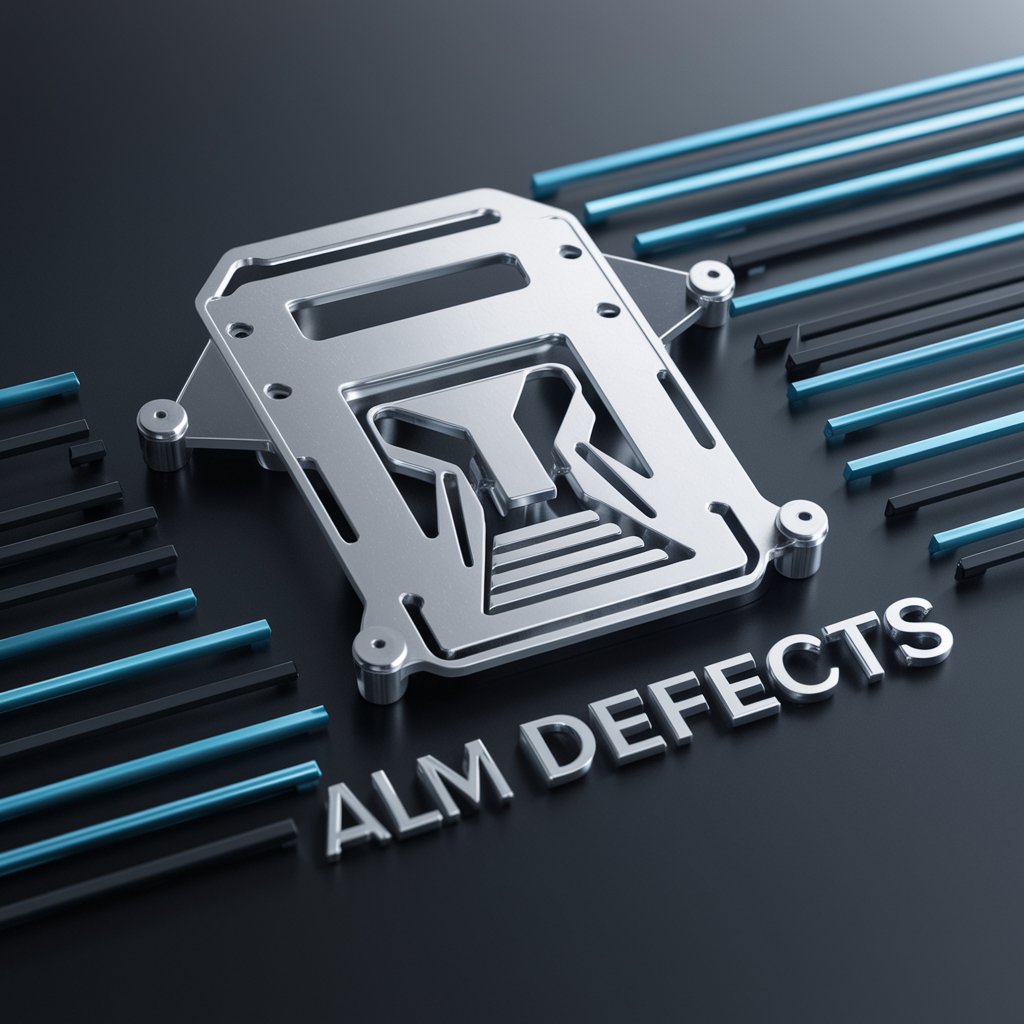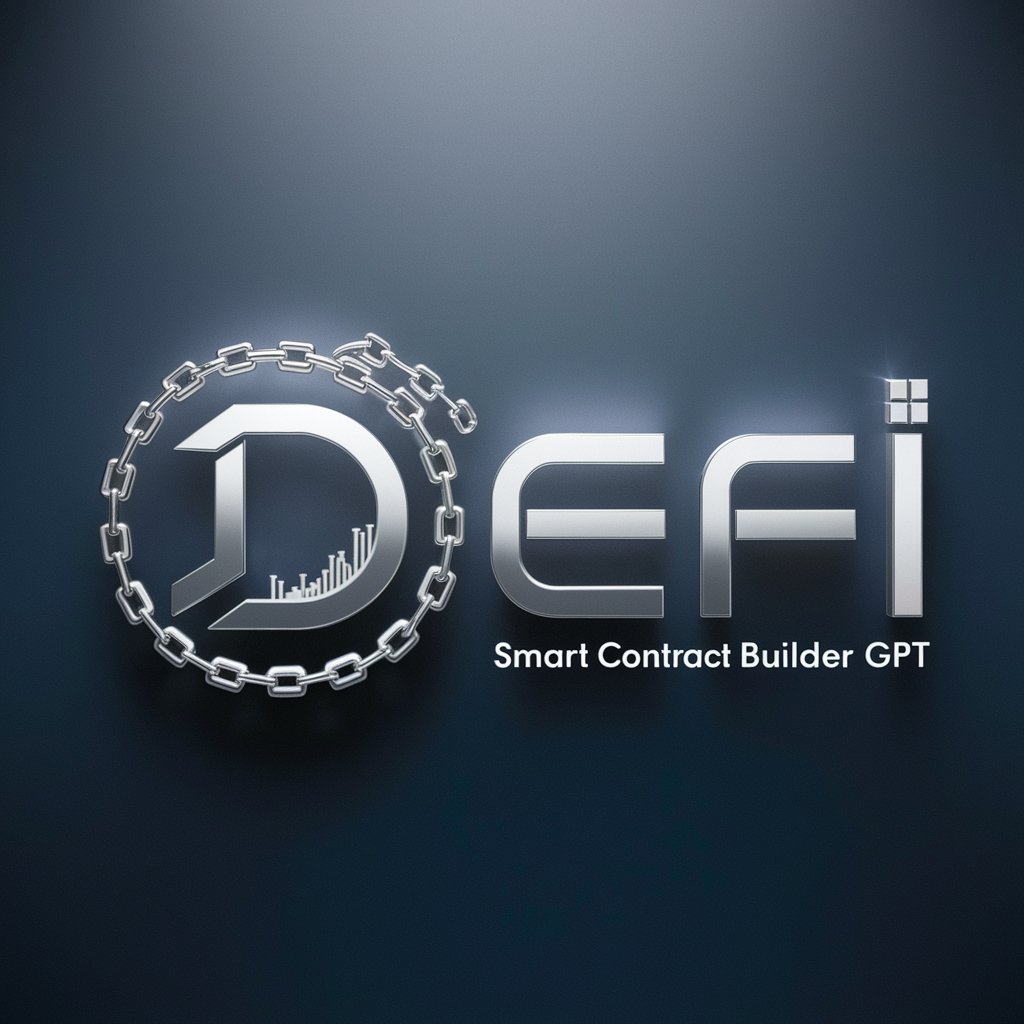
ALM Defects - ALM Defects Diagnosis and Support

Welcome to ALM Defects. How can I assist you with your additive manufacturing challenges today?
Optimizing Additive Manufacturing with AI-Powered Defect Analysis
Describe a common defect in metal additive manufacturing and its causes.
What are the best practices for reducing porosity in AM components?
How does residual stress affect the mechanical properties of AM parts?
Explain the importance of non-destructive evaluation techniques in AM.
Get Embed Code
Introduction to ALM Defects
ALM Defects is focused on addressing and mitigating issues encountered in additive manufacturing (AM), a revolutionary manufacturing process that constructs objects layer by layer from 3D model data. Unlike traditional manufacturing methods, AM offers the ability to create complex geometries and customized parts efficiently. However, this novel manufacturing technique also introduces unique challenges, such as defects that can compromise the structural integrity and functionality of the printed objects. Common defects in metal AM include porosity, lack-of-fusion (LOF) porosity, gas porosity, and residual stress. These defects can significantly impact the mechanical properties of the printed parts, such as tensile strength, fatigue resistance, and elongation at break. Identifying, understanding, and mitigating these defects are critical for the widespread adoption and reliability of AM technologies. Examples illustrating the significance of addressing AM defects include optimizing processing parameters to reduce porosity, employing non-destructive evaluation (NDE) techniques for defect inspection, and understanding the impact of defects on mechanical properties for ensuring the performance of AM parts in critical applications. Powered by ChatGPT-4o。

Main Functions of ALM Defects
Defect Identification and Analysis
Example
Using X-ray computed tomography (XCT) to identify and analyze porosity within AM parts.
Scenario
In the manufacturing of critical components for aerospace applications, identifying porosity is vital for ensuring part reliability. XCT can provide detailed insights into the size, distribution, and type of porosities, guiding the optimization of printing parameters to minimize defects.
Optimization of Printing Parameters
Example
Adjusting laser power, scan speed, and hatch spacing to reduce LOF and gas porosity in metal AM parts.
Scenario
In the production of medical implants using Titanium alloys, precise control of AM process parameters can significantly reduce porosity, enhancing the implants' mechanical properties and biocompatibility.
Mechanical Property Evaluation
Example
Conducting mechanical tests, such as tensile, fatigue, and crack growth tests, to assess the impact of AM defects on part performance.
Scenario
For automotive parts subjected to cyclic loads, understanding how porosity affects fatigue life can inform the design and manufacturing process, ensuring parts meet stringent durability requirements.
Residual Stress Analysis
Example
Employing neutron diffraction and digital image correlation (DIC) techniques to measure residual stresses in AM parts.
Scenario
In fabricating complex tooling for manufacturing industries, assessing and mitigating residual stresses can prevent part distortion and failure, thereby improving tool performance and lifespan.
Ideal Users of ALM Defects Services
Manufacturing Engineers
Professionals involved in designing and optimizing AM processes for various industries, including aerospace, automotive, and healthcare. These users benefit from understanding defect formation mechanisms and mitigation strategies to produce high-quality parts.
Quality Assurance Professionals
Individuals responsible for ensuring the quality and reliability of AM parts. They require detailed information on defect identification and evaluation methods to implement effective quality control measures.
Research and Development Teams
Researchers working on advancing AM technologies. Access to comprehensive analyses of AM defects aids in the development of innovative solutions to overcome current limitations and enhance AM capabilities.
Educators and Students
Instructors and learners in engineering disciplines seeking to understand the intricacies of AM processes and defect management. This knowledge is crucial for training the next generation of engineers in cutting-edge manufacturing technologies.

How to Use ALM Defects
Start your trial
Head over to yeschat.ai to begin your free trial instantly without needing a login or ChatGPT Plus subscription.
Select material
Identify and select the type of material you are working with in your additive manufacturing project to ensure tailored defect analysis.
Choose printing process
Specify the additive manufacturing process used (e.g., SLM, DED) to help diagnose issues accurately.
Report issues
Detail the specific problems you're encountering, such as discoloration or porosity, for targeted assistance.
Analyze and apply
Utilize the advice provided to adjust your manufacturing parameters or inspection techniques for improved outcomes.
Try other advanced and practical GPTs
UK Defence Training System Policy Guide
Navigating Defence Training with AI Precision

Heroine Maker ヒロインメーカー ver. Robot Anime
Bringing Anime Heroines to Life with AI

Elf Pranks
Bringing magic to everyday with AI-powered pranks

Filthy Frank
Unleash your academic and creative potential with a vulgar twist.

Frank Sinatra
Empowering Communication with AI

Frank
Bringing Architecture to Life with AI

DeFi Smart Contract Builder GPT
Simplifying DeFi Development with AI

Carole Rocher
Empowering English learning through AI.

How To Cook Anything
AI-powered Personal Chef in Your Pocket

Carole
Unlock the Secrets of Your Dreams with AI

Playlist DJ
Tailor-made playlists powered by AI

Genealogy Course Designer Mentor
Empowering genealogy education with AI

FAQs on ALM Defects
What types of materials does ALM Defects support?
ALM Defects supports a wide range of materials commonly used in additive manufacturing, including metals, polymers, and ceramics.
Can ALM Defects help with issues in powder bed fusion processes?
Yes, ALM Defects is equipped to assist with common and complex defects arising in powder bed fusion and other AM processes.
How does ALM Defects assist in improving part quality?
By providing detailed analysis of defects based on the process and material used, ALM Defects offers tailored advice to minimize issues and improve part quality.
Is there a way to predict potential defects before printing?
While prediction of specific defects can be complex, ALM Defects offers guidelines to adjust parameters that minimize the risk of common defects.
How does one interpret the advice provided by ALM Defects?
The advice is given in a mix of technical and layman's terms, aiming to be accessible to both beginners and experts in the field of additive manufacturing.